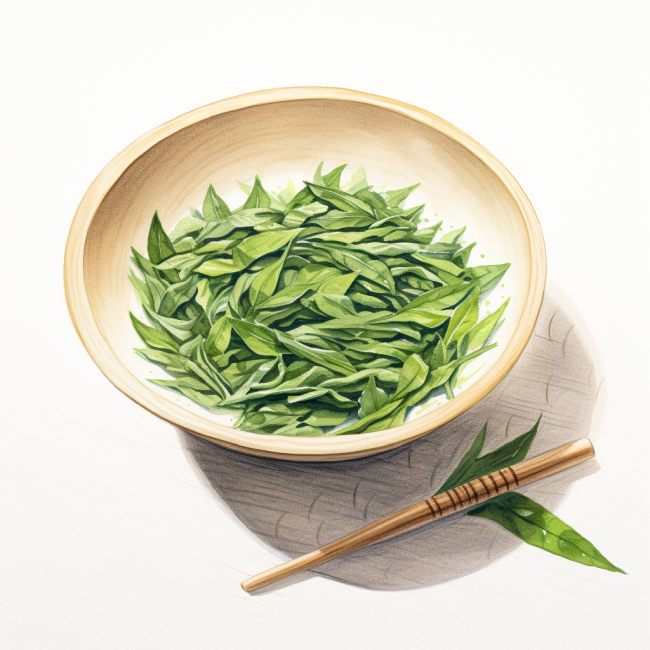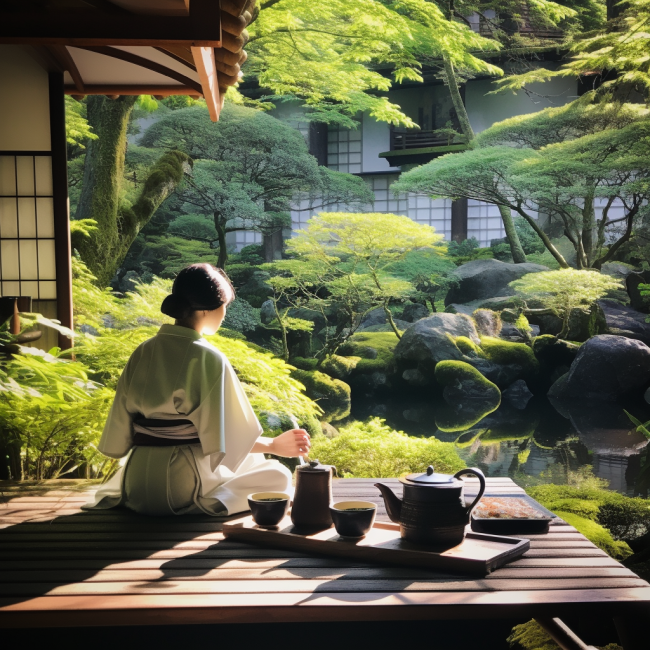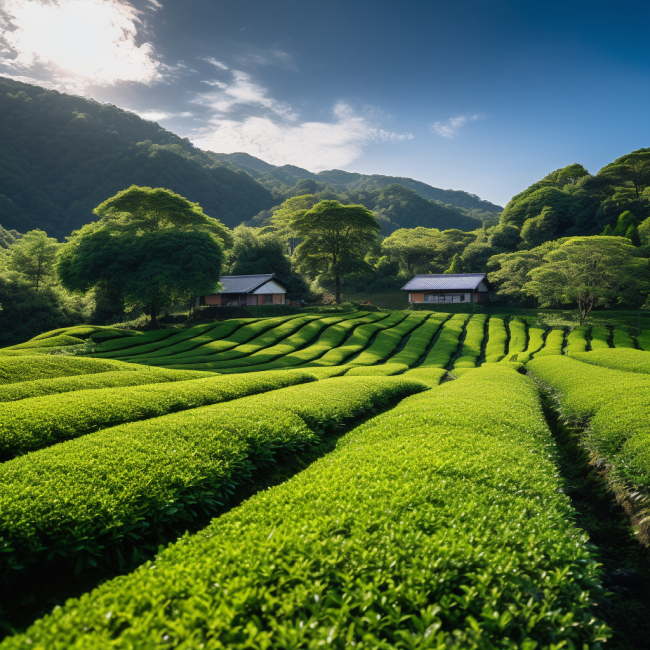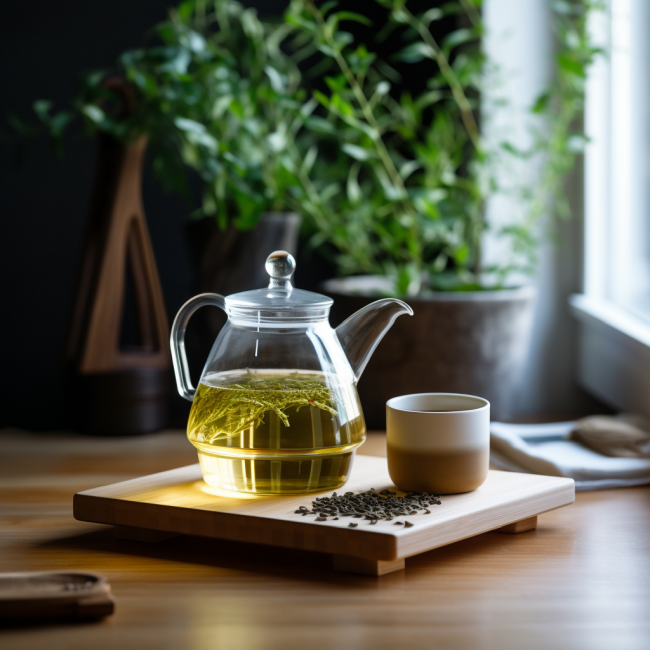
Sencha is a type of green tea originally from Japan. In this article, we dive deeper into the world of Sencha and answer five essential questions about this special tea.
What is Sencha tea?
Sencha is a popular green tea native to Japan. The tea leaves are steamed and then rolled to preserve its mild, fresh flavor. It has a milder taste compared to other teas, making it an ideal green tea for everyday use. The word 'Sencha' literally means 'dried tea', referring to the way the tea leaves are prepared. Because Japan has a colder climate, the tea plant has adapted by forming smaller leaves. As a result, the loose tea is very small and resembles thin green needles.
Green sencha tea tastes somewhat like grass or nuts. It is a fresh taste but can become bitter if you steep it too long.
Origin

Although Sencha originated in Japan, it is now produced in other parts of the world, such as China and even some parts of the United States. Nevertheless, the best and most prized Sencha is still produced in Japan, especially in regions such as Shizuoka, Uji, and Kagoshima.
History
Sencha tea has a fairly recent history compared to other types of tea, such as matcha, which have been around for hundreds of years. Sencha's method of production was developed in the 18th century. Before Sencha became popular, the most common form of tea in Japan was matcha, a fine powder made from ground green tea leaves.
How is Sencha made?

Production Process
Picking: Sencha is usually harvested in late spring or early summer. The upper leaves and shoots of the Camellia sinensis plant are picked by hand or machine.
Steaming: Immediately after picking, the leaves are steamed to stop the fermentation process and retain the green color and flavor
Crushing: After steaming, the leaves are crushed to break down the cell walls to release the juices and flavors. This can be done several times to achieve the desired shape and flavor.
Drying: After rolling, the leaves are dried to remove any remaining moisture. This is done in several stages, usually first with hot air and then on a baking sheet.
Sorting: Finally, the leaves are sorted according to size and quality. Only the finest leaves are sold as high-quality Sencha.
Is Sencha good for your health?
Yes, Sencha green tea is full of antioxidants that protect your tissues and the DNA in your cells from free radicals. It also contains catechins, a type of polyphenols, which are anti-inflammatory and bactericidal. In addition, drinking Sencha can boost your metabolism, which can help with weight loss. With 3-4 cups a day, you will take full advantage of the healthy properties of this green tea.
Is Sencha better than coffee?
Although the choice between coffee and tea is often a matter of personal preference, Sencha has certain advantages over coffee. This is mainly due to its lower caffeine content and the abundance of antioxidants and catechins in green tea. In addition, the taste of Sencha is milder and more pleasant than that of coffee, making it an ideal alternative for those looking for a less bitter beverage.
Is Sencha the same thing as Matcha?

Although they are both types of green tea, Sencha and Matcha differ in several ways. First, for Matcha, the leaves of the tea plant are ground into a fine powder, while Sencha consists of whole leaves. In addition, Matcha is made from shade-grown tea leaves, while Sencha is produced from tea leaves that have been fully exposed to the sun.
How do you make Sencha tea?

To make Sencha tea, you need a teapot, a tea strainer and, of course, Sencha tea leaves. Start by heating the teapot with hot water (80 to 90 degrees). Then add a teaspoon of Sencha to the teapot (or more, depending on your taste preference). Then pour the hot water into the teapot and let the tea steep for 1-2 minutes. Then you can pour the tea and enjoy your freshly brewed cup of Sencha tea. If your Sencha has instructions for use, follow them.
Green tea is one of the least processed tea that usually contains the most antioxidants and natural polyphenols.
Hope you now have a better understanding of Sencha, the delicious Japanese green tea. Enjoy your cup of tea, and don't forget to share what you learned!
Are you curious to know what Sencha tastes like?
References:
- Health benefits of green tea: A literature review
- Cancer and metastasis: prevention and treatment by green tea
- Determination of catechins in matcha green tea by micellar electrokinetic chromatography
Hugs,
Admar.
.png)

